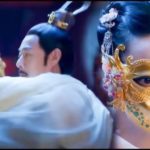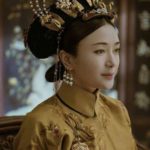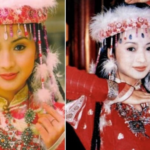What Time Did Ancient Emperors Rise and Shine?
What time did ancient emperors have to wake up?
When we think of emperors, we often envision individuals of high prestige and power, feared and respected by their people, and whose decisions shaped the destiny of their nations. While many know that emperors held morning courts to discuss important matters with their officials, fewer are aware of the daily routines and wake-up times of these sovereigns.
According to historical records, such as the Qing Shi Gao (a chronicle of the daily life of a Qing Dynasty emperor in China), even as teenagers, royal princes were trained to wake up as early as 4 a.m. to practice martial arts, study, ride horses, and hone their archery skills, while the sons of officials were still asleep.
Upon ascending the throne, most emperors maintained this early morning routine. For instance, Emperor Qianlong (1711-1799) continued to rise at 4 a.m. to prepare for his morning court. After waking, the emperor would dress with the assistance of court ladies. He would then proceed to the Tai Hua Dian (Hall of Supreme Harmony) to discuss matters with his high-ranking officials.
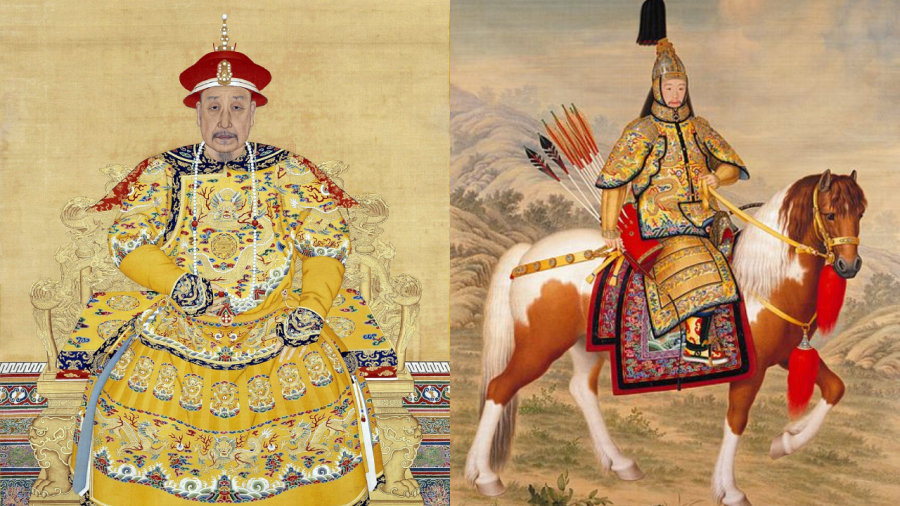
Emperor Qianlong, a prominent figure from the Qing Dynasty.
These morning courts would only be postponed in exceptional circumstances, such as the emperor’s illness, absence from the palace, or a period of national mourning.
Compared to the emperors of the Ming Dynasty, the Qing emperors were more “professional” in their daily routines. Ming emperors were known for their irregular wake-up times, sometimes going decades without holding morning courts, and even not recognizing the faces of their court officials.
A Day in the Life of an Emperor
There are varying accounts of the daily activities of Qing Dynasty emperors. Some sources suggest that around 8 a.m., the emperor would enjoy a lavish breakfast. On the 19th day of the fifth month of the 19th year of the Qianlong era, for example, the emperor’s breakfast consisted of nine hot dishes, four types of pickled vegetables, and three staple foods.
After breakfast, the emperor would review memorials submitted by officials, simply marking them as “seen.” These memorials would then be sent to the Junji Chu (Military Council Office), where high-ranking officials would gather for discussions similar to modern-day conferences. There was no set time for these discussions, and they could last for several hours.
Following the discussions, the emperor would have lunch, usually around 2-3 p.m. The lunch menu would be similar to that of breakfast.
The emperor would then take a one-hour nap before resuming his day with activities such as reading, practicing calligraphy, watching performances, meeting with renowned scholars, or spending time with the empress and consorts.
Dinner would feature a similar menu to the previous meals, with the addition of alcohol. However, the emperor’s drinking was monitored by eunuchs to ensure it didn’t exceed a certain limit.
To maintain the emperor’s sleep schedule, consorts were arranged to spend the night with him right after dinner. To prevent the emperor from indulging in excessive alcohol and sexual activities, this “duty” was limited to the burning of one incense stick (approximately 30-40 minutes).
In summary, an emperor’s day was not one of freedom and leisure but rather a highly structured routine governed by specific rules and protocols.
12 Magnificent Emperors of the Qing Dynasty, Only 1 Without an Official Title, Who Was it?
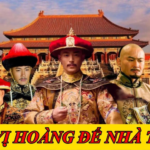 Emperors of the Qing Dynasty, Only 1 Without an Official Title, Who Was it?’>
Emperors of the Qing Dynasty, Only 1 Without an Official Title, Who Was it?’>Do you know which Qing Dynasty emperor has no posthumous title?

























